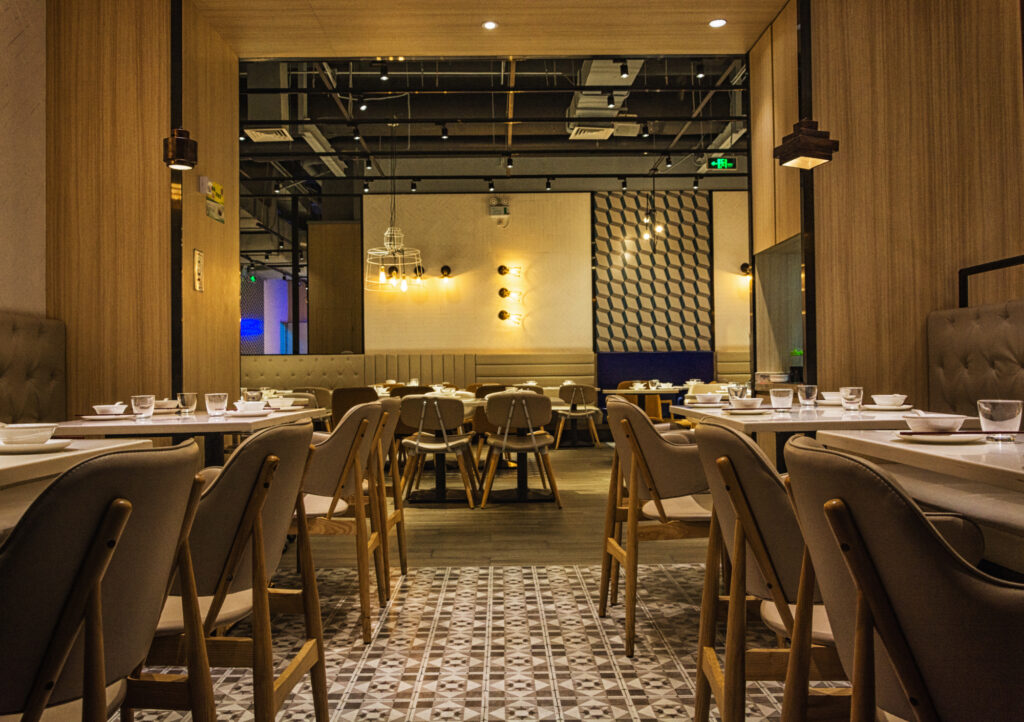Complete Guide to Optimizing Restaurant Table Turnover with AI

In the restaurant industry, efficient table turnover isn’t just about serving more customers—it’s about maximizing revenue while maintaining service quality. AI vision technology is revolutionizing how restaurants manage their seating, providing real-time insights and automation that were previously impossible to achieve. This guide explores how modern AI solutions are transforming table management and boosting restaurant profitability.
Understanding Table Turnover Metrics
Before implementing AI solutions, it’s crucial to understand what makes table turnover efficient. Traditional metrics often miss crucial details that impact service speed and customer satisfaction. AI vision technology provides a more complete picture of table utilization and service efficiency.
Key Metrics:
- Average seating duration
- Table cleaning time
- Customer wait times
- Peak period patterns
- Service response times
Real-Time Table Monitoring
Modern AI systems provide unprecedented visibility into table status and customer flow. By monitoring tables in real-time, restaurants can make informed decisions about seating arrangements and staff deployment.
Monitoring Capabilities:
- Instant table status updates
- Occupancy tracking
- Service stage identification
- Wait time predictions
- Capacity optimization
Customer Flow Management
Understanding and managing customer flow is essential for optimizing table turnover. AI provides insights that help restaurants balance efficiency with customer satisfaction.
Flow Analysis Features:
- Queue management
- Wait time predictions
- Seating optimization
- Peak time analysis
Data-Driven Decision Making
AI transforms restaurant data into actionable insights, helping managers make informed decisions about operations and resource allocation.
Analytics Tools:
- Performance dashboards
- Trend analysis
- Predictive modeling
Implementation Strategy
Successfully implementing AI table management requires careful planning and execution to ensure minimal disruption to existing operations.
Implementation Steps:
- Current process assessment
- Technology integration planning
- Staff training programs
- Phased rollout strategy
- Performance monitoring
Customer Experience Balance
While optimizing turnover is important, maintaining customer satisfaction is crucial. AI helps restaurants find the right balance between efficiency and experience.
Experience Factors:
- Satisfaction monitoring
- Rush prevention
- Service quality tracking
- Ambiance preservation
- Customer feedback integration
Future of Restaurant Operations
The restaurant industry continues to evolve, and AI technology is leading the way in operational improvements. Understanding emerging trends helps restaurants stay competitive.
Emerging Trends:
- Integrated ordering systems
- Automated reservations
- Predictive analytics
- Mobile integration
- Customer personalization
Conclusion
AI-powered table turnover optimization represents a significant opportunity for restaurants to improve efficiency and increase revenue while maintaining service quality. By implementing these smart solutions, restaurants can create better dining experiences while maximizing their operational potential.
Transform your restaurant operations with AI vision technology. Schedule a demo →